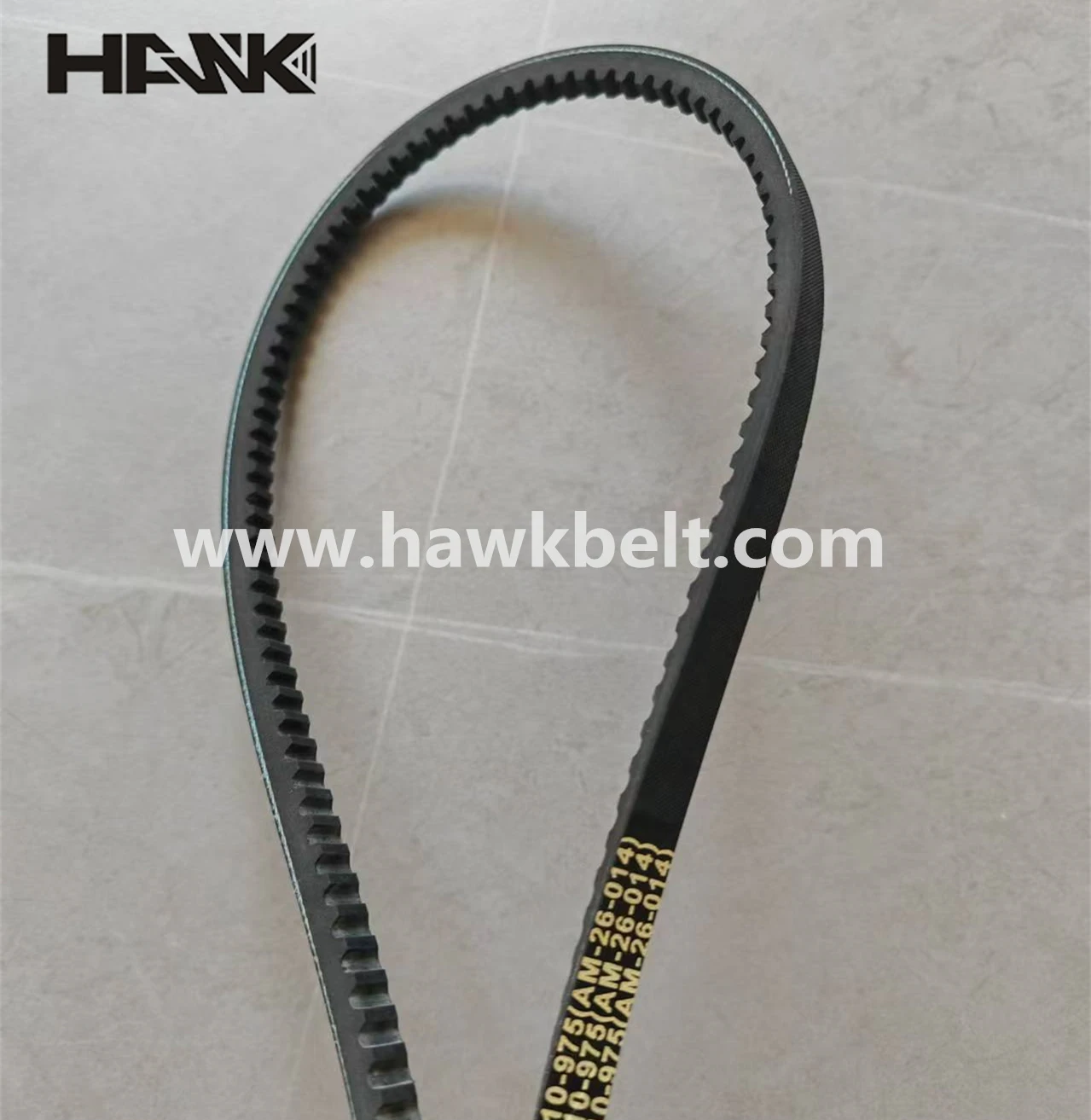- Arabic
- French
- Russian
- Spanish
- Portuguese
- Turkish
- Armenian
- English
- Albanian
- Amharic
- Azerbaijani
- Basque
- Belarusian
- Bengali
- Bosnian
- Bulgarian
- Catalan
- Cebuano
- Corsican
- Croatian
- Czech
- Danish
- Dutch
- Afrikaans
- Esperanto
- Estonian
- Finnish
- Frisian
- Galician
- Georgian
- German
- Greek
- Gujarati
- Haitian Creole
- hausa
- hawaiian
- Hebrew
- Hindi
- Miao
- Hungarian
- Icelandic
- igbo
- Indonesian
- irish
- Italian
- Japanese
- Javanese
- Kannada
- kazakh
- Khmer
- Rwandese
- Korean
- Kurdish
- Kyrgyz
- Lao
- Latin
- Latvian
- Lithuanian
- Luxembourgish
- Macedonian
- Malgashi
- Malay
- Malayalam
- Maltese
- Maori
- Marathi
- Mongolian
- Myanmar
- Nepali
- Norwegian
- Norwegian
- Occitan
- Pashto
- Persian
- Polish
- Punjabi
- Romanian
- Samoan
- Scottish Gaelic
- Serbian
- Sesotho
- Shona
- Sindhi
- Sinhala
- Slovak
- Slovenian
- Somali
- Sundanese
- Swahili
- Swedish
- Tagalog
- Tajik
- Tamil
- Tatar
- Telugu
- Thai
- Turkmen
- Ukrainian
- Urdu
- Uighur
- Uzbek
- Vietnamese
- Welsh
- Bantu
- Yiddish
- Yoruba
- Zulu
Tet . 11, 2024 17:21 Back to list
Understanding the Functionality and Design of Conveyor Belt Teeth Systems
Understanding Conveyor Belt Teeth An Essential Component in Material Handling
Conveyor belts are the backbone of many industries, facilitating the efficient movement of materials from one point to another. Among the various components that ensure the proper functioning of a conveyor system, conveyor belt teeth play a crucial role. These specialized designs enhance the belt's performance, reliability, and durability. As we delve into the intricacies of conveyor belt teeth, we will explore their significance, types, applications, and maintenance.
The Significance of Conveyor Belt Teeth
Conveyor belt teeth, often referred to as cleats or profiles, are protrusions molded onto the surface of a conveyor belt. Their primary function is to provide grip and traction, preventing the conveyed materials from sliding off the belt, especially on inclined surfaces. Without these teeth, materials could easily escape, leading to inefficiencies and potential hazards in a manufacturing or distribution setting.
Not only do the teeth enhance the grip, but they also help in controlling the movement of products. The design of the teeth can influence how materials are positioned and moved, which is vital in many processes, from sorting to packaging. Therefore, understanding the right type of teeth for specific applications can greatly affect productivity and safety.
Types of Conveyor Belt Teeth
Conveyor belt teeth come in various shapes, sizes, and materials, tailored to meet specific industrial needs. Here are some common types
1. Flat Cleats These are the simplest form of conveyor belt teeth. They provide minimal elevation, suitable for light-duty applications where products are not prone to sliding off.
2. Vertical Cleats Often seen in applications requiring significant elevation, vertical cleats are taller and more robust, making them ideal for steep inclines and ensuring that heavier items remain securely in place.
3. Chevron Cleats Shaped like a V, these cleats allow for greater material holding and are excellent for carrying bulk materials up steep angles without the risk of sliding back.
4. Z-Shaped Cleats These offer a unique design that helps in reinforcing the grip on heavy loads, making them suitable for heavy-duty operations, especially in mining and construction.
5. Custom Cleats Depending on the unique requirements of a particular industry, conveyor belts can be customized with specific tooth profiles and materials to optimize performance.
Applications of Conveyor Belt Teeth
conveyor belt teeth

Conveyor belt teeth are prevalent in numerous industries, including
- Manufacturing In production lines where materials need to be transferred and assembled efficiently, cleated belts help keep items in place, aiding in seamless operations.
- Mining The transportation of loose materials such as gravel, ore, and coal requires robust cleated belts that can handle heavy loads and steep gradients
.- Food Processing In food industries, sanitary belts with specially designed teeth help with the smooth transport of products, ensuring compliance with health regulations.
- Logistics In warehouses and distribution centers, conveyor belts with teeth assist in moving packages efficiently, especially on inclines or during sorting processes.
Maintenance of Conveyor Belt Teeth
Proper maintenance of conveyor belt teeth is vital for ensuring the longevity and effectiveness of the conveyor system. Here are some key maintenance tips
1. Regular Inspections Frequent checks for wear and tear on the teeth can help identify issues before they escalate. Look for signs of damage or excessive wear.
2. Cleaning Keeping the conveyor belt free of debris and residue ensures that teeth maintain their grip and do not become slippery due to foreign materials.
3. Adjustments Ensure that the tension and alignment of the belt are correctly set. Misalignment can lead to uneven wear and decreased effectiveness of the teeth.
4. Material Compatibility Using the proper material for the tooth design, considering the conveyed products and environmental conditions, can significantly improve durability.
Conclusion
Conveyor belt teeth are more than just a design feature; they are a critical component that plays a significant role in the overall efficiency and safety of material handling systems. Understanding their functionality, types, and maintenance is essential for industries relying on conveyor systems. As technology advances and industries evolve, the design and application of conveyor belt teeth will continue to adapt, enhancing performance and operational efficiency. Proper selection and maintenance of these features will undoubtedly contribute to the smooth running of processes, ultimately leading to increased productivity and profitability.
-
Korean Auto Parts Timing Belt 24312-37500 For Hyundai/Kia
NewsMar.07,2025
-
7PK2300 90916-T2024 RIBBED BELT POLY V BELT PK BELT
NewsMar.07,2025
-
Chinese Auto Belt Factory 310-2M-22 For BMW/Mercedes-Benz
NewsMar.07,2025
-
Chinese Auto Belt Factory 310-2M-22 For BMW/Mercedes-Benz
NewsMar.07,2025
-
90916-02660 PK Belt 6PK1680 For Toyota
NewsMar.07,2025
-
drive belt serpentine belt
NewsMar.07,2025

